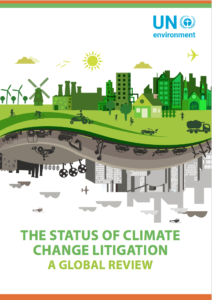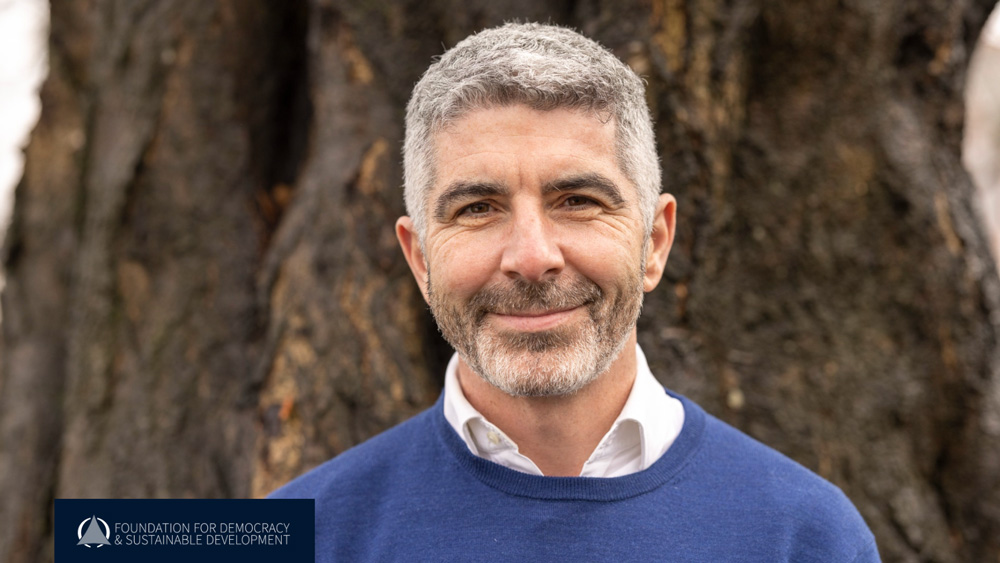 A new global study published by the United Nations Environment Programme (UNEP) and the Sabin Center for Climate Change Law has found that the number of lawsuits involving climate change has tripled since 2014, with most of climate change litigation cases being carried out in the U.S.
A new global study published by the United Nations Environment Programme (UNEP) and the Sabin Center for Climate Change Law has found that the number of lawsuits involving climate change has tripled since 2014, with most of climate change litigation cases being carried out in the U.S.
Over the last decade, laws codifying national and international responses to climate change have grown in number, specificity, and importance. Individuals and nongovernmental organizations have now begun to hold governments accountable for their climate-related legal commitments. And it’s not just coalitions of NGOs and citizens – as seen in recent European cases outlined in the report – that are using the courts in efforts to overturn government decisions seen to exacerbate climate change. The report describes how, in September 2015, a Pakistani lawyer’s case against the national government for failure to carry out the National Climate Change Policy of 2012, resulted in the designation of climate change focal points to several ministries to help implement the framework and the creation of a climate change commission to monitor the government’s progress.
“Judicial decisions around the world show that many courts have the authority, and the willingness, to hold governments to account for climate change,” said Michael Burger, Executive Director of the Sabin Center for Climate Change Law.
The report predicts that more litigation will originate in the Global South as developing countries look to the law to address the growing threat of climate change. Furthermore, it is expected that the number of human-rights cases filed by “climate refugees” will increase, as a direct result of climate-driven migration, resettlement and disaster recovery.
The full report can be accessed on the UNEP website (PDF, 4MB).



